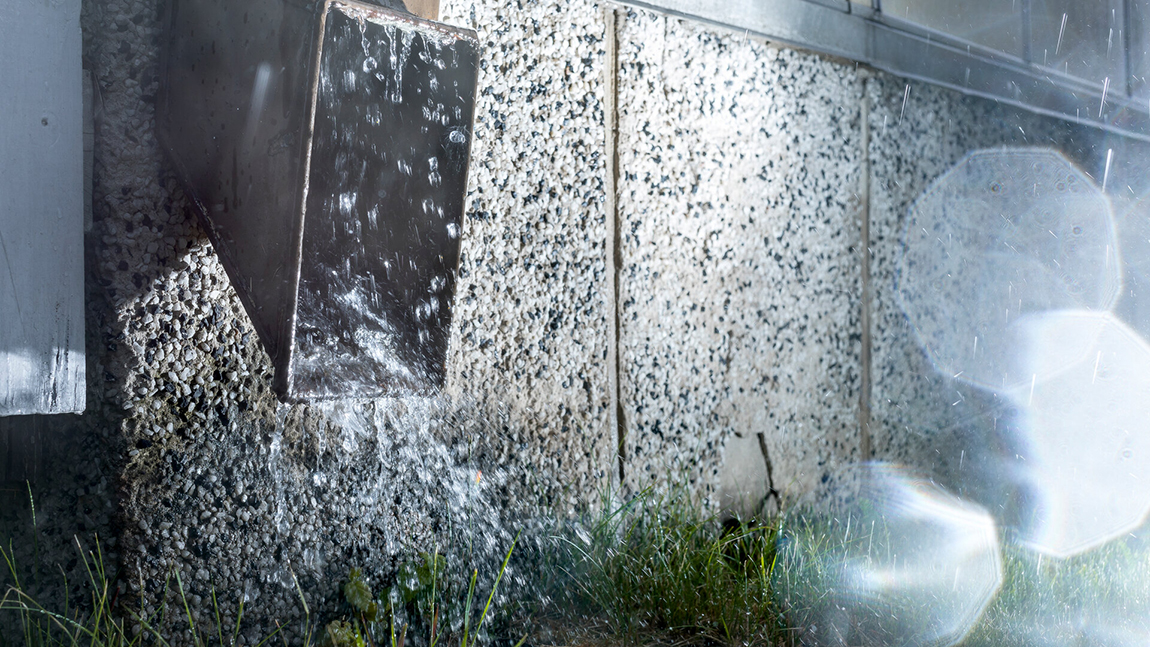Threat and opportunity - cultural environments in changing climate

Climate change issues should be a cross-cutting theme in all work on cultural environments. The competence of experts on cultural environments should be harnessed to solve the multiple crises faced by our environment. Common events and calculation methods are needed for experts on cultural environments, climate change and construction. These are among the measures proposed in the study on climate change and cultural environments conducted by Sitowise, commissioned by the Ministry of the Environment.
Temperature variations, increased precipitation, extreme weather events, changes in humidity conditions and sea level rise have direct or indirect impacts on cultural environments. Cultural environments are landscapes and sites where human influence can be seen. As well as cherished historical sites, they may also be everyday living environments that have significant impacts on how we experience e.g. the changing climate.
“The measures to mitigate climate change may involve risks to buildings and sites of cultural and historical value. However, good management of cultural environments and landscapes and practices and knowledge related to cultural heritage are often the solutions we are looking for to mitigate climate change. The aim of this effort was to explore the relationships between climate change and cultural environments,” Senior Ministerial Adviser Tuija Mikkonen says.
The report discusses the impacts of climate change and mitigation and adaptation in the Finnish cultural environments. It is based on literary sources, central government strategies and programmes, and interviews with experts on cultural environments. A key source used in the work was the report of the European Union expert group ‘Strengthening Cultural Heritage Resilience for Climate Change’.
“The theme is identified as highly topical among those working on cultural environments, and we are most willing to share our expertise with others. Those working in the sector hope that harmonised calculation and monitoring methods would be developed to help identify the impacts of climate change, on the one hand, and to show the impacts of the measures to combat it, on the other. More interdisciplinary research and education and general understanding is needed,” says Heli Nukki, who led the work and the process to draw up the report at Sitowise.
“Climate change brings challenges which make it more difficult to cherish cultural environments. Research knowledge and measures based on practical experiences must be put to wide use. We need open discussion on the values, steering instruments and incentives related to cultural environments,” Nukki says.
The proposals for measures in the report serve to open discussion on the climate work to be done on cultural environments. “Next we need more detailed information on matters such as the cost effects and repercussions of climate change mitigation and adaptation measures related to cultural environments,” Mikkonen says.
Inquires
Tuija Mikkonen
Senior Ministerial Adviser
Ministry of the Environment
[email protected]
tel. +358 295 250 184
Heli Nukki
Senior Specialist
Sitowise
[email protected]
tel. +358 44 427 9930
